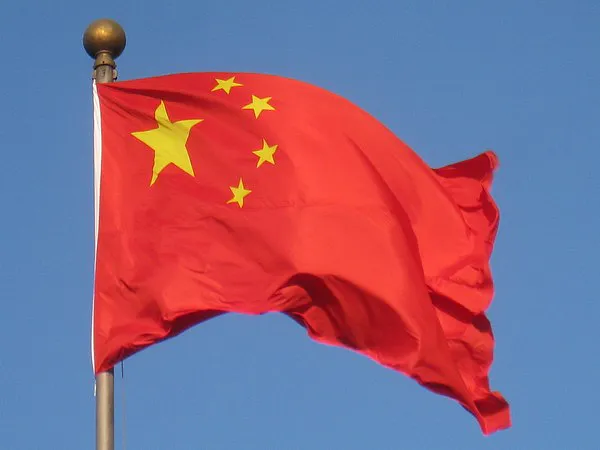Amid a continuing onslaught of the coronavirus, power shortages caused by record heatwaves have hit hard China’s manufacturing sector as activity remained in contraction and the outlook remained bleak.
The official manufacturing purchasing managers’ index (PMI) rose to 49.4, up from 49 in July, according to the National Bureau of Statistics (NBS) on Wednesday. However, for a second consecutive month it stayed below the 50-mark that separates growth from contraction on a monthly basis.
China’s manufacturing PMI has been in contraction territory for five out of the past six months having brielfy hit 50.2 in June whereas the official non-manufacturing PMI, which measures business sentiment in the services and construction sectors, fell to 52.6 from 53.8 in July, Malaysia based media publication, The Star reported.
Within the official non-manufacturing PMI, the construction subindex fell to 56.5 in August from 59.2 in July, while the service subindex fell from 52.8 to 51.9. China’s economy is slowing as a result of its strict coronavirus controls, downward pressure on the housing sector and power shortages in Sichuan province.
Moreover, growth forecasts for China this year were slashed by Standard Chartered, Goldman Sachs and Natixis earlier this month.
“The official PMIs show a further loss in economic momentum this month as the reopening boost waned and the property downturn deepened. We continue to think the economy will struggle to make much headway during the coming months,” The Star reported citing a senior China economist at Capital economics, Julian Evans-Pritchard.
The disruptions from the power shortages are now receding, however the coronavirus situation is worsening again, he said.
Notably, this year’s drought and heat wave have exposed the vulnerability of the power system in central China and accelerating the pace of local solar and wind capacity expansion in central China by improving cross-provincial power transmission infrastructure can all be part of the solution to increasing power supply reliability and resilience for future droughts and heat waves.
The manufacturing Purchasing Managers’ Index (PMI) has ticked up to 49.4 from a 49.0 reading in July, according to the National Bureau of Statistics but remained below the 50-point mark that separated contraction from expansion and China has also avoided an economic contraction in the second quarter earlier as well and repeated lockdowns and restrictions on movement only added to the ongoing economic slump in the country.
However, the non-manufacturing PMI, which includes the service sector, slipped to 52.6 in August from a 53.8 reading in the previous month.
Separately, the Zero-Covid Policy of China under which full or partial lockdowns were imposed in major centres, has had a negative impact on businesses. More severe lockdowns were implemented in the country as it continued to report more coronavirus infections this year.
Many people have been unemployed and underemployed, especially in service industries, due to the repeated lockdowns in different parts of the country. The lockdowns have affected factory production, supply chains and caused goods shipments delays to the rest of the world and consumer prices in the country rose by 2.5 per cent due to the dampened demand.

